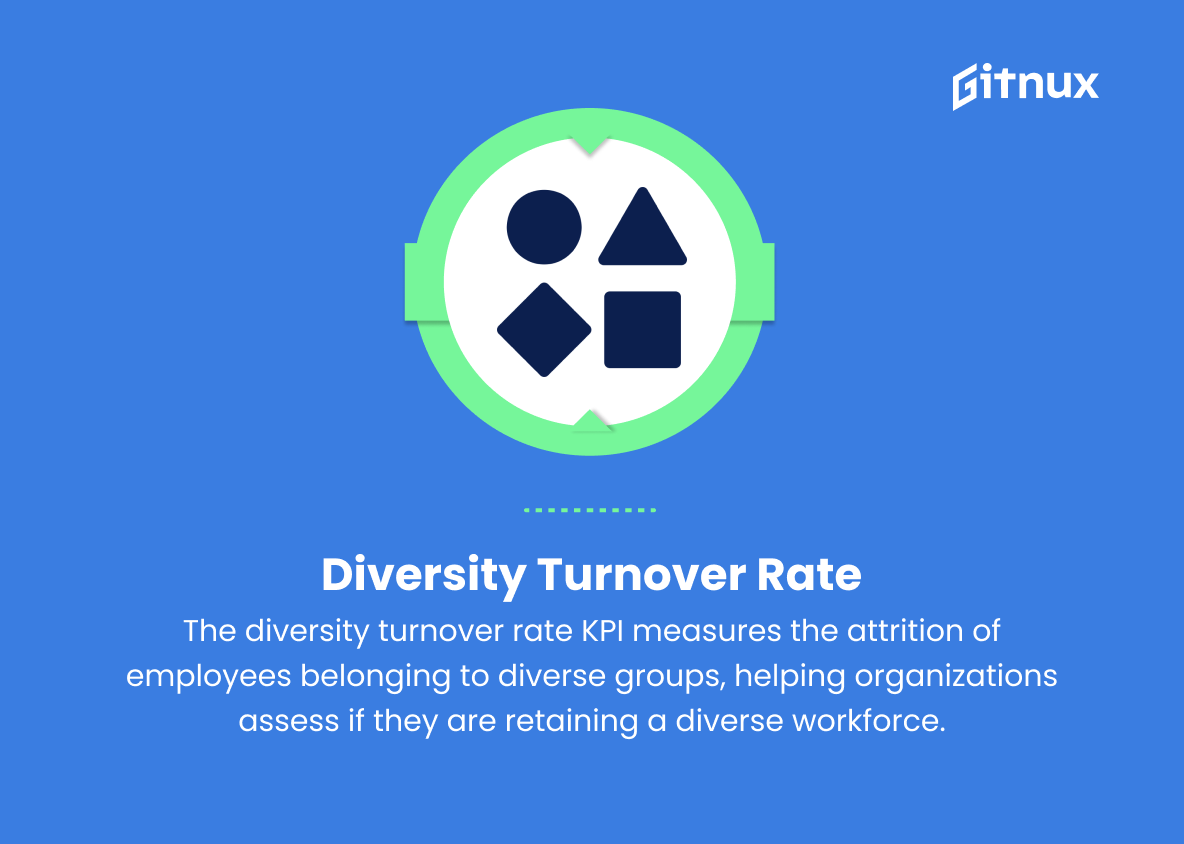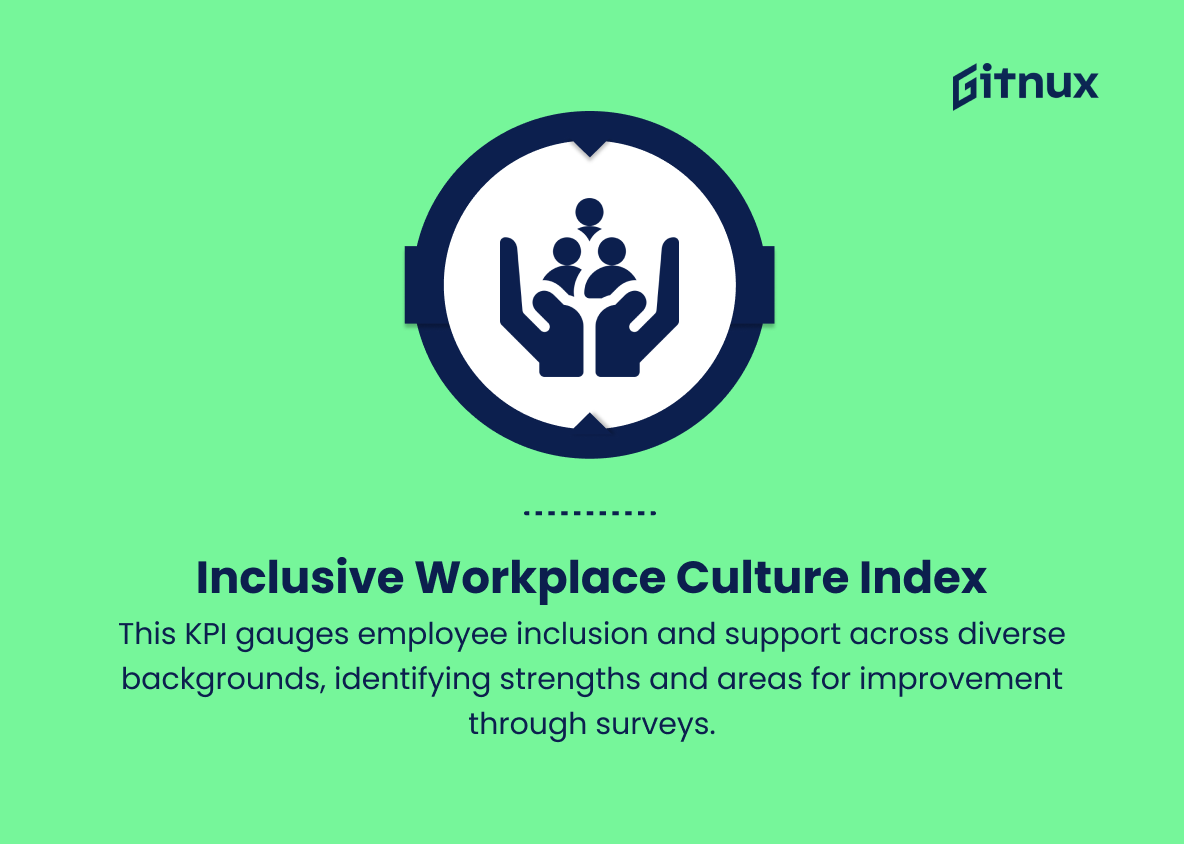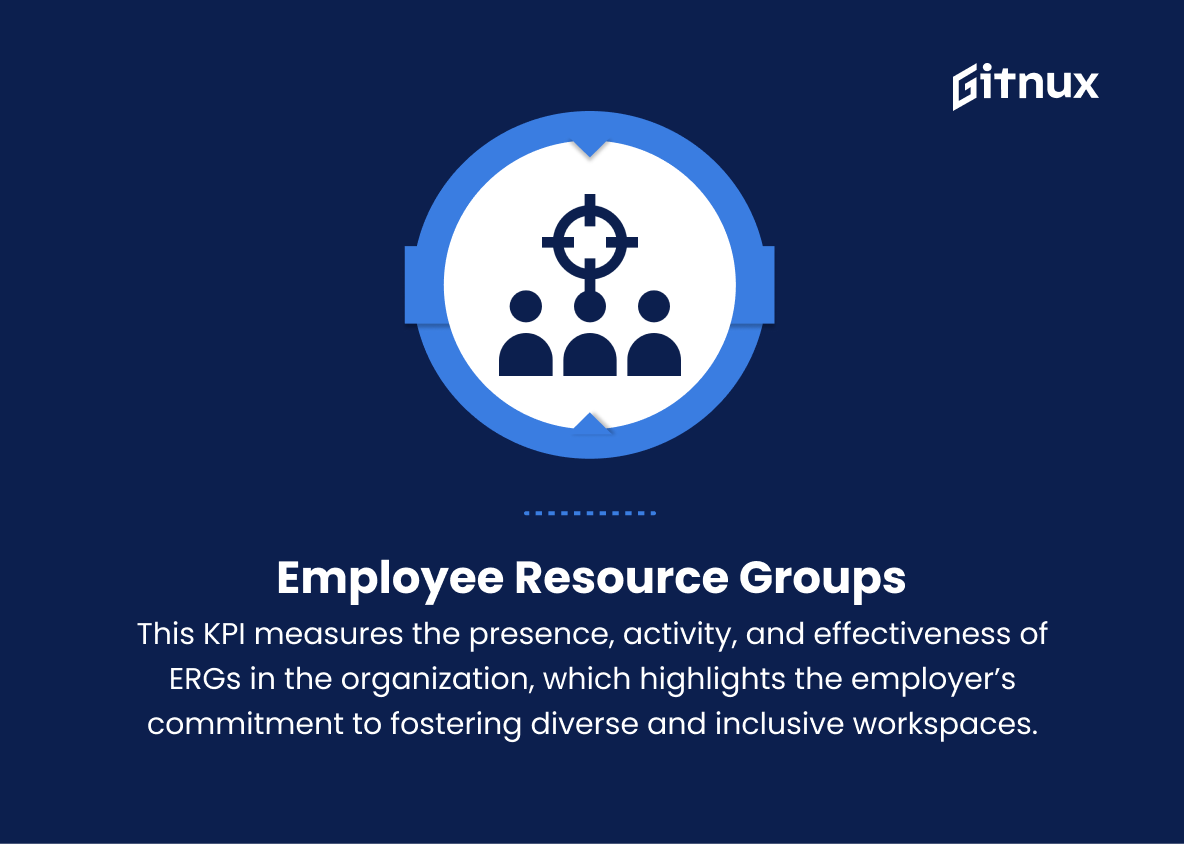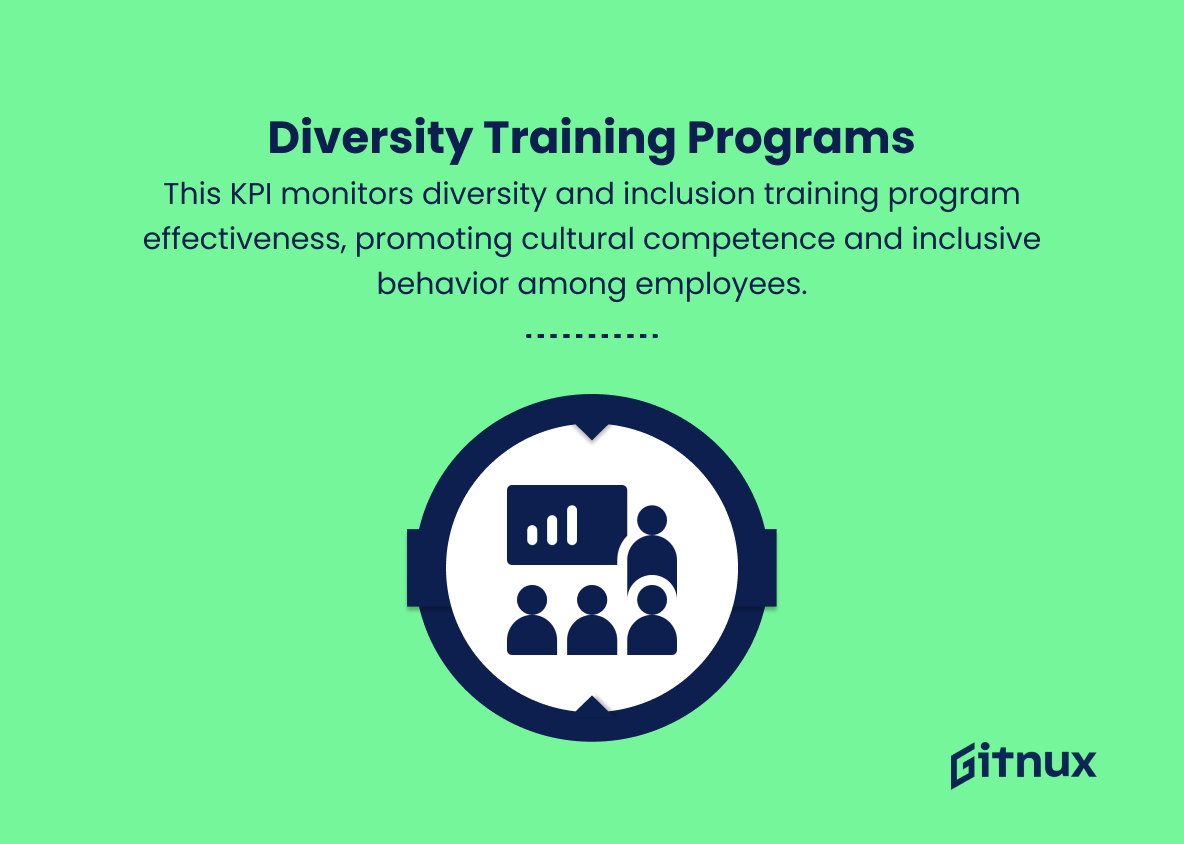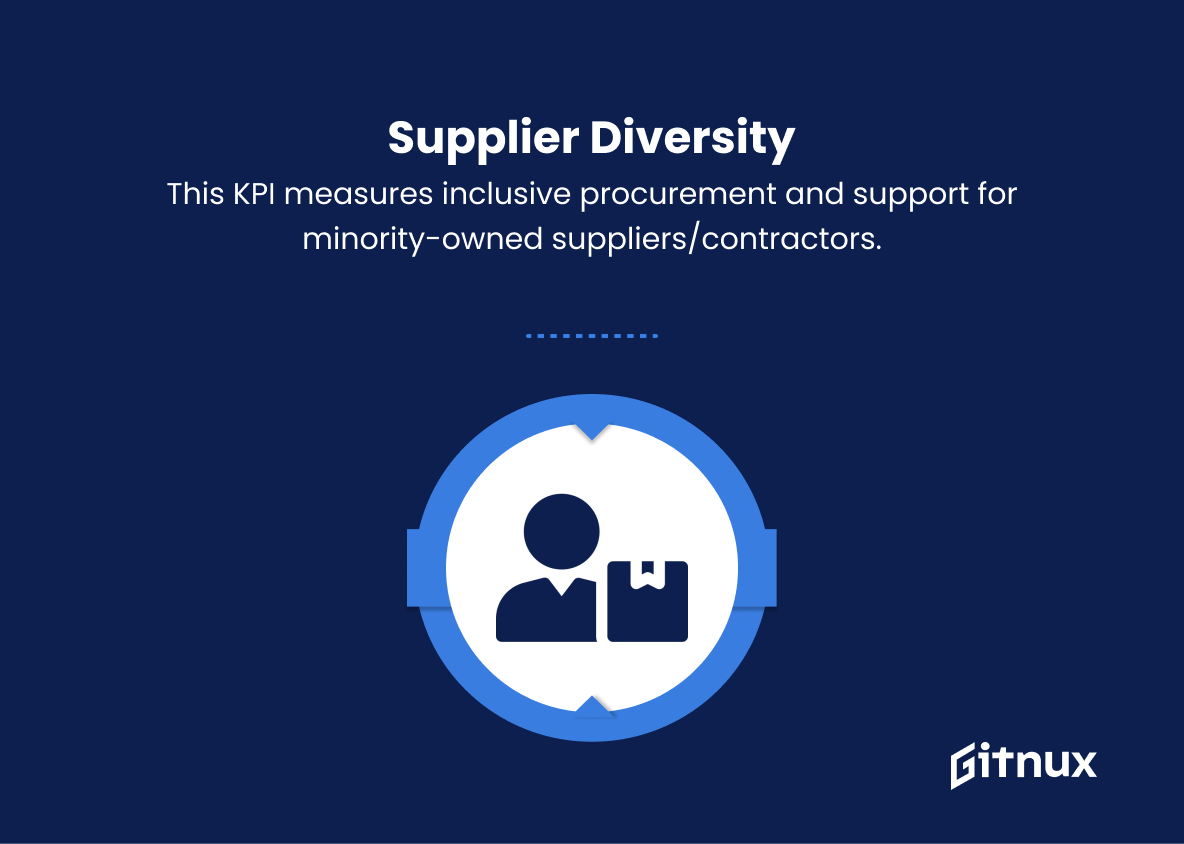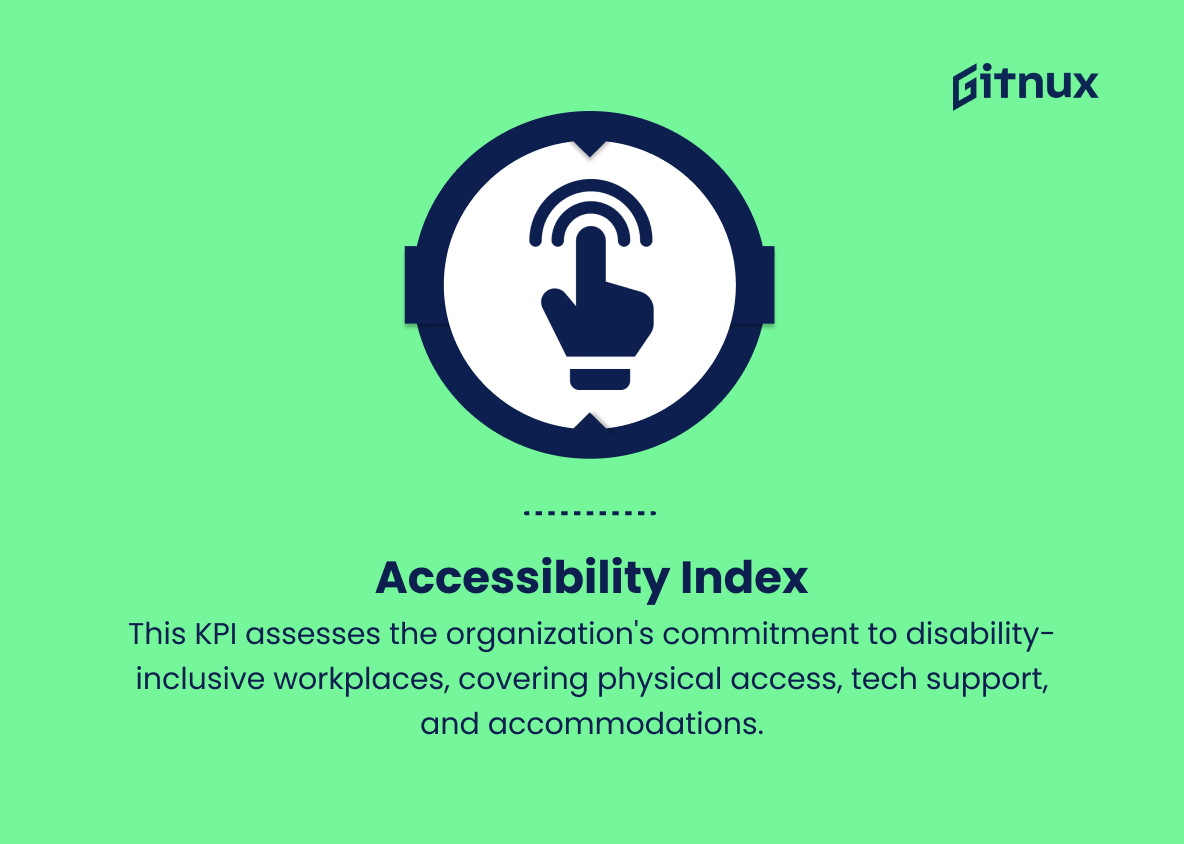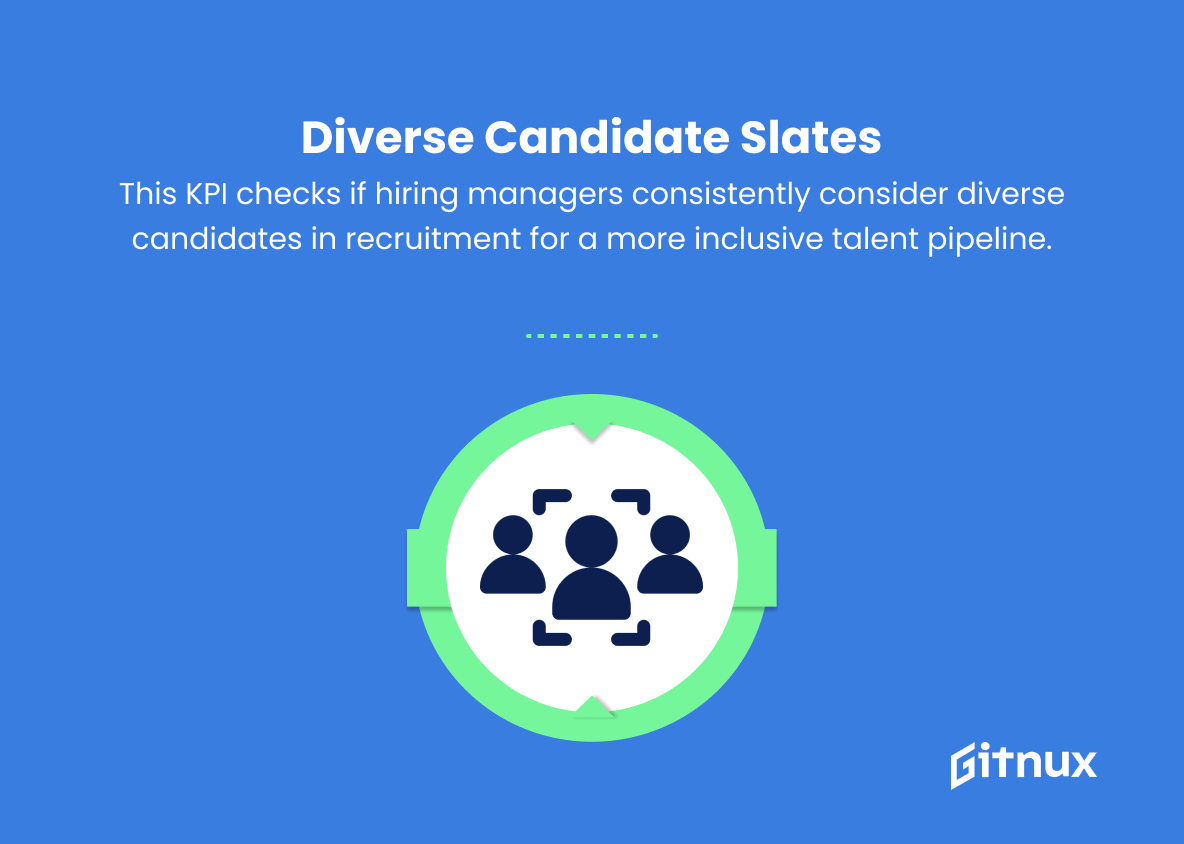In today’s increasingly global and interconnected world, diversity and inclusion have become critical components of successful organizations. The recognition and celebration of different cultures, experiences, and perspectives is crucial to fostering innovation and collaboration in the workforce. Yet, truly understanding the level of diversity and inclusion in any given organization can be challenging.
As a response, organizations are now leveraging Key Performance Indicators (KPIs) to quantify their progress and commitment towards these goals. In this blog post, we will explore the importance of incorporating Diversity and Inclusion KPIs into your organization’s strategy, illustrate examples of relevant targets and objectives, and examine how these metrics can drive meaningful change and growth for businesses of all sizes.
Diversity And Inclusion KPIs You Should Know
1. Diversity Recruitment Rate
This KPI measures the percentage of new hires from diverse backgrounds, helping organizations gauge the effectiveness of their inclusive recruiting efforts.
2. Representation by Demographics
This KPI tracks the percentages of different demographic groups within the workforce, such as gender, age, race, and ethnicity to identify representation gaps.
3. Diversity Turnover Rate
The diversity turnover rate KPI measures the attrition of employees belonging to diverse groups, helping organizations assess if they are retaining a diverse workforce.
In today’s increasingly global and interconnected world, diversity and inclusion have become critical components of successful organizations.4. Diversity in Leadership
This KPI focuses on the representation of diverse groups within the leadership or management positions, ensuring that diversity and inclusion extend to decision-making levels.
5. Inclusive Workplace Culture Index
This KPI aggregates the results of employee surveys to measure how included and supported employees from different backgrounds feel within the organization, aiming to reveal strengths and potential areas for improvement.
6. Pay Equity
This KPI assesses how equitably employees are being compensated regardless of their demographic background, helping to identify and address pay gaps among diverse groups.
7. Employee Resource Groups (ERGs)
This KPI measures the presence, activity, and effectiveness of ERGs in the organization, which highlights the employer’s commitment to fostering diverse and inclusive workspaces.
8. Diversity Training Programs
This KPI tracks the number, quality, attendance, and impact of diversity and inclusion training programs, ensuring employees develop greater cultural competence and embrace inclusive behaviors.
9. Promotion Rates by Demographics
This KPI measures the rate at which different demographic groups are advancing within the organization to ensure equal opportunity for career progress and growth.
10. Supplier Diversity
This KPI assesses the extent to which an organization engages with diverse suppliers or contractors, reflecting a commitment to inclusive procurement and supporting minority-owned businesses.
11. Accessibility Index
This KPI measures the organization’s commitment to creating an accessible workplace for employees with disabilities, including physical accessibility, assistive technologies, and accommodations.
12. Diverse Candidate Slates
This KPI assesses whether hiring managers are consistently considering diverse candidates (those from underrepresented backgrounds) during the recruitment process, helping to ensure a more inclusive talent pipeline.
Remember, the purpose of tracking these Diversity and Inclusion KPIs is to gain insights and drive meaningful change within an organization. Measurement and monitoring should be used to identify areas of improvement and inform targeted diversity and inclusion initiatives.
Diversity And Inclusion KPIs Explained
Diversity and Inclusion KPIs play a critical role in fostering a more equitable and harmonious working environment. By measuring factors such as diversity recruitment rate, representation by demographics, and diversity turnover rate, organizations can gauge the effectiveness of their inclusive recruiting efforts and retention strategies.
Evaluating diversity in leadership and promotion rates by demographics ensures that equal opportunities are offered for career advancement, while inclusive workplace culture index, pay equity, and employee resource groups empower employees from diverse backgrounds to feel supported and valued. Furthermore, with diversity training programs and diverse candidate slates, organizations guarantee a widespread commitment to inclusion and cultural competence, while the supplier diversity KPI reflects the company’s commitment to inclusive procurement by supporting minority-owned businesses.
Lastly, the accessibility index KPI emphasizes the importance of making the workplace accessible to individuals with disabilities. Collectively, these KPIs provide actionable insights necessary for driving significant and positive changes within an organization, ultimately benefiting both the employees and the company as a whole.
The recognition and celebration of different cultures, experiences, and perspectives is crucial to fostering innovation and collaboration in the workforce.Conclusion
In conclusion, diversity and inclusion KPIs are vital tools for organizations striving to create a more equitable and inclusive work environment. By using these metrics to assess progress and hold leaders accountable, companies can cultivate a culture of belonging wherein employees from diverse backgrounds can collaborate, innovate, and thrive.
As our world becomes increasingly interconnected and global, embracing diversity and fostering inclusion will only become more integral to business success. Let these KPIs serve as guideposts on the path toward a more just, thriving, and united workplace.


